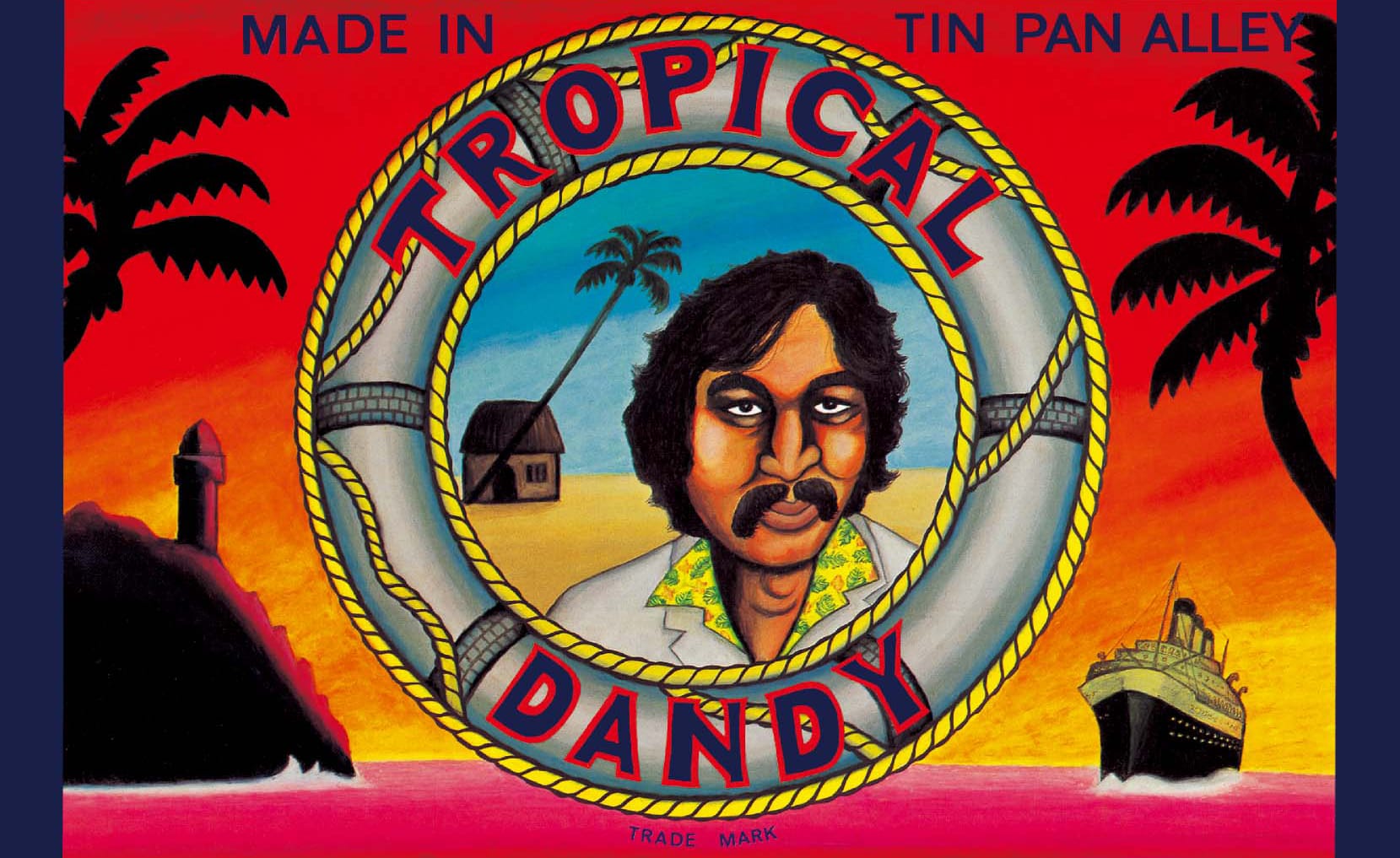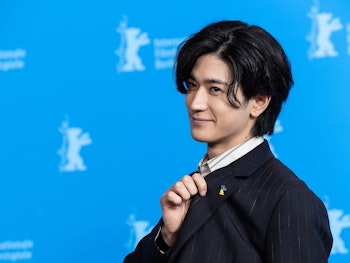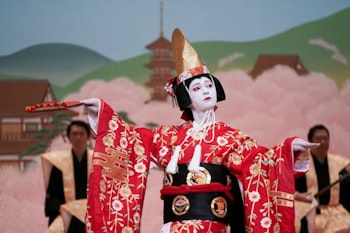
Haruomi Hosono created a global hodgepodge of sound on 1975’s Tropical Dandy. Big band staples transmitted into Tokyo via Armed Forces Radio were reimagined as shuffling numbers sung in Portuguese. The Tiki-bar-ready vibe of exotica became a backdrop for fantasy trips to the Caribbean and American midwest. A song set in Yokohama’s Chinatown boogied forward on a Brazilian rhythm.
By the time Hosono released his second solo album — which celebrates its 50th anniversary this week, and enjoys a new reissue from American label Stones Throw — the young artist had already grappled with culture clash via his music. In the pioneering band Happy End, he played a role in showing how the Japanese language could work within the framework of rock, then seen as a purely American and thus spiritually English genre. He helped organize the 1972 collection Country Pumpkin, featuring four Japanese country singers tackling the sound, and built on that for his debut full-length, the intimate Hosono House. A year later with songwriting team Caramel Mama, Hosono shaped Super Generation with Izumi Yukimura, an experiment in updating ‘40s and ‘50s domestic hits for the times.
Tropical Dandy provided a greater opportunity for Hosono to unravel his interest in a globalizing world and how Japan fit into it. He was a child in a post-WWII Tokyo where the remnants of the US military occupation lingered, particularly via music. Hosono grew up loving American sounds, but as the years went on he would interrogate that and how it related to his home country, while also expanding his interest to more far-flung styles. After hearing Van Dyke Parks’ dizzying 1972 North American sonic travelogue Discover America, he felt moved by the “very Hollywoodesque exoticism and nostalgia, and Caribbean gaiety, and it was the sound which inspired my own musical chronicles,” Hosono said in a 1997 interview with The Wire.
The resulting album mixed world sounds together to create songs riffing on the exoticized image of Japan in the world at the time while also poking at the country itself and exploring its own hybrid culture. It starts with Hosono’s take on “Chattanooga Choo Choo,” originally a swing tune performed by Glenn Miller and His Orchestra in the 1940s. It’s the type of tune that would have popped up on Armed Forces Radio while Hosono was growing up in Tokyo, but his version is anything but a recreation. The big-band tempo was swapped out for a Latin rhythm. Hosono sings the bulk of the lyrics in Portuguese, save for some Japanese scattered about. He took a number about riding the rails through America’s mid-Atlantic region and transformed it into something moving between Brazil and Japan.
Hosono delights in mixing up sonic cultures from there, doing what American artists such as Martin Denny did during the “Exotica” boom of the 1950s, where fantastical and fabricated images of the Orient boomed. A touch of Denny’s influence breezes in on “Nettaiya” via sounds of birds and waves, providing far-off island escapes while Hosono imagines getting away from the sweltering heat of Tokyo at night, flipping the idea of Japan as a destination to escape and instead dreaming of the Caribbean and Minnesota. Self-orientalization pops up in the melody of “Kinukaido” — ”Silk Road” in English — as a way for Hosono to explore the way his country’s culture was shaped from its neighbors to the west, while the jovial “Peking Duck” sets itself in Yokohama’s Chinatown, a place where different identities blur together. Of course, it’s a Brazilian rhythm playing out behind it.
As musicologist Shuhei Hosokawa breaks down in his essential essay on Hosono, the artist dubbed this approach “soy sauce music,” of taking sounds from around the world and adding a sonic dash of soy sauce to give it a Japanese flavor. It’s playful and a bit critical, but never judgy, with Hosono just as interested in how Japan exoticizes the world as it does Japan, whether over a New Orleans piano melody or a Brazilian groove.
It’s easy to fall into academic ponderings when revisiting Tropical Dandy, but it’s just as important to celebrate the music itself. Preceding solo effort Hosono House found the young artist creating West-coast-indebted rock and folk in an intimate, cozy setting. The follow up is Hosono expanding his sound and revealing his musical curiosity. Backed by a group of musicians that looks wild half a century later — Shigeru Suzuki, Taeko Onuki, Minako Yoshida, Hiroshi Sato and many more — Hosono created some of his first great solo work, moving both at a jaunty (“Peking Duck”) and dreamy pace (highlight “Hurricane Dorothy”).
Tropical Dandy marks the moment Hosono truly sets out on his musical journey, with the approach present here carrying over to everything he’s done since. His fascination with exotica carried over to his next two solo albums — dubbed the “soy sauce trilogy” — and he became both more referential about it (1976’s Bon Voyage Co.) and spiritual (1978’s Paraiso). He continued playing around with its sonic textures as part of songwriting group Tin Pan Alley and engaging in more border-blurring exercises on Cocina Moon, a woozy soundtrack to an imagined Bollywood film. It also helped to shape his biggest breakthrough with Yellow Magic Orchestra — one of that trio’s earliest songs was a synth-powered reimagining of Denny’s island-flavored “Firecracker.”
Hosono himself has become one of the most important and celebrated Japanese artists globally, with the world paying more attention to his prolific songbook in recent years. That artistry truly takes shape on Tropical Dandy, an album just as clever and catchy 50 years on since its release and an essential stop to understanding him.










